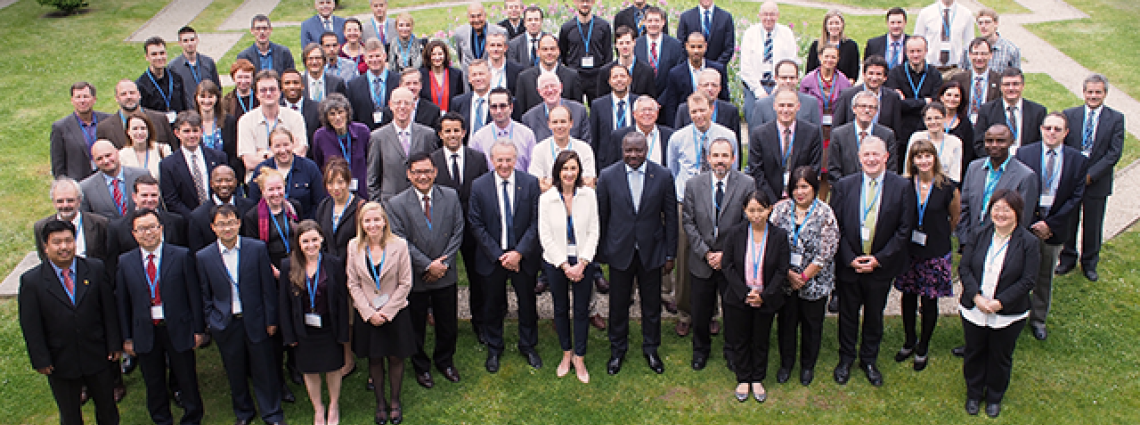Mitigating Effects of Xenon Emissions
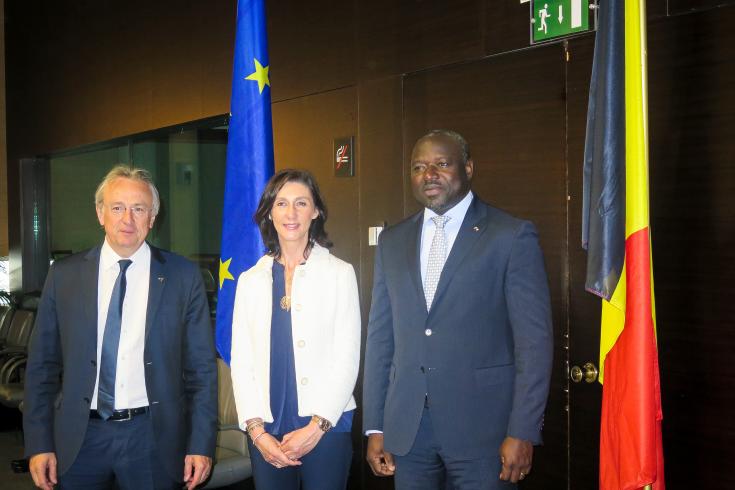
From left: Director-General of SCK-CEN Belgian Nuclear Research Centre, Eric van Walle; Director General for Energy, Nancy Mahieu; and CTBTO Executive Secretary Lassina Zerbo.
We are looking for very small sniffs of xenon. And those small sniffs can be buried under a background of emissions that could come from medical isotope producers. And our aim is to see how we can understand each other, understand the emissions, control the emissions but not control the production.
In order to save lives now and in the future, both producers and nuclear-test-ban monitors came together to find solutions without impacting production.
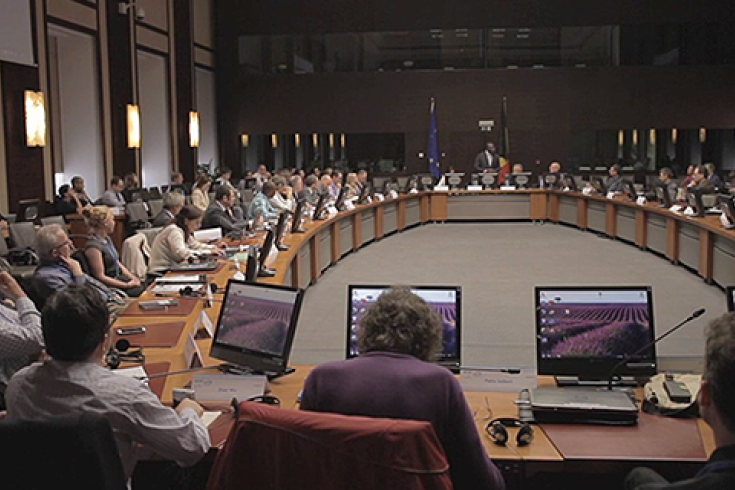
Workshop on Signatures of Medical and Industrial Isotope Production (WOSMIP)
Radioxenon emissions stemming from medical isotope production sites can interfere with the capacity of the International Monitoring System to detect nuclear explosions. And therefore the SCK-CEN and the Institute for Radioelements (IRE) are studying possible options to mitigate those radioxenon emissions.
We think that our experience over the last three years is not that expensive. If we are willing to do it, if we are willing to help the international community putting a ban on nuclear weapons and monitoring, it does not cost a lot of money. I am a nuclear engineer. I agree with the nuclear technology for peaceful uses. I don’t agree with weapons of mass destruction like nuclear weapons. So we have to use this in a right way.
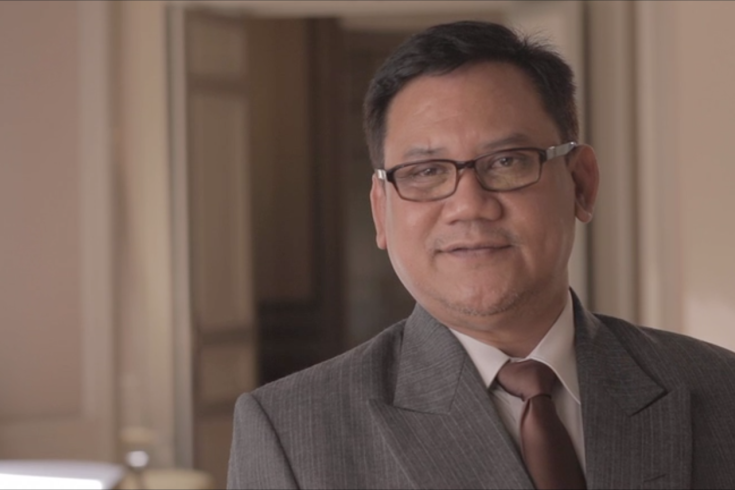
Yudiutomo Imardjoko, PT INUKI, Indonesia
At the moment, the driver is to produce the radioisotopes and help people. The emissions are not causing problems to the environment or the public so there is no driver to reduce apart from the impact on IMS stations.
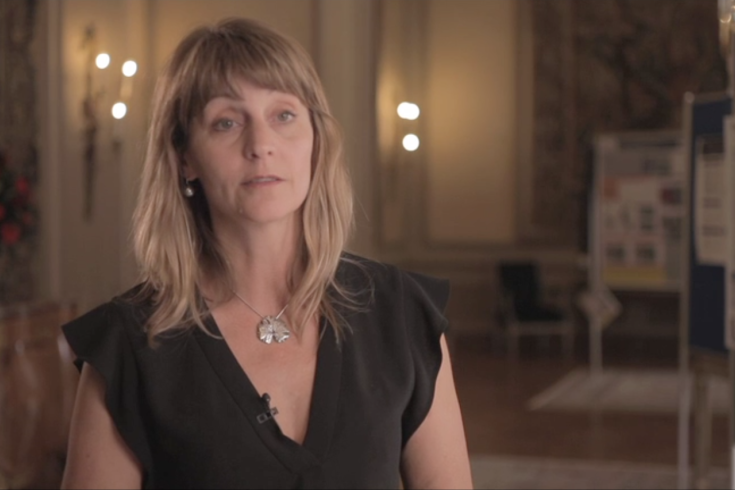
Emma Hoffman, Australian Nuclear Science and Technology Organisation (ANSTO), Australia
IRE is working on a project which has been financed by the European community, with the CTBTO, in which we are going to try a new type of material which can trap the xenon in order to reduce the releases.
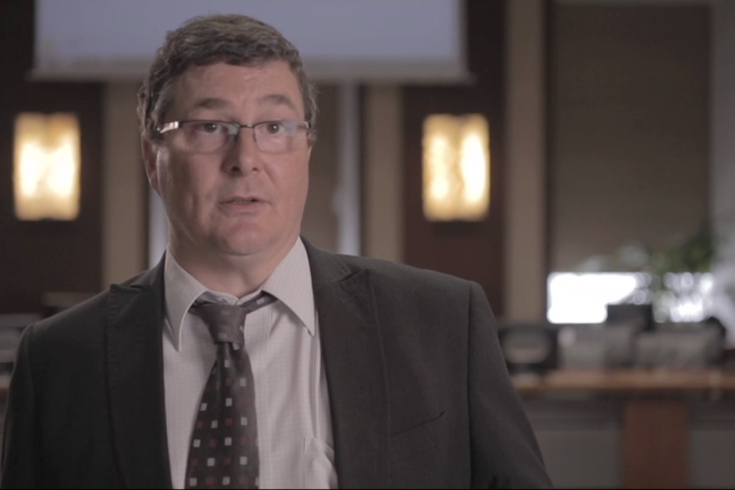
Benoit Deconninck, Institute for Radioelements (IRE)
It is not a local issue, it is a global issue… A lot of people actually want to have a world without nuclear bombs. Also a lot of people need medical isotopes. In that sense, the international community tries to minimize the xenon emissions.
- Korea Atomic Energy Research Institute (KAERI)
- Australian Nuclear Science and Technology Organisation (ANSTO)
- PT INUKI, Indonesia
- Coquí RadioPharmaceuticals Corp., United States
- Institute for Radioelements (IRE), Belgium
- NorthStar Medical RadioIsotopes, United States
But by the end of the workshop, 10 companies had vowed to reduce emissions or bring xenon emissions to zero, and share their data to increase confidence in nuclear test monitoring.
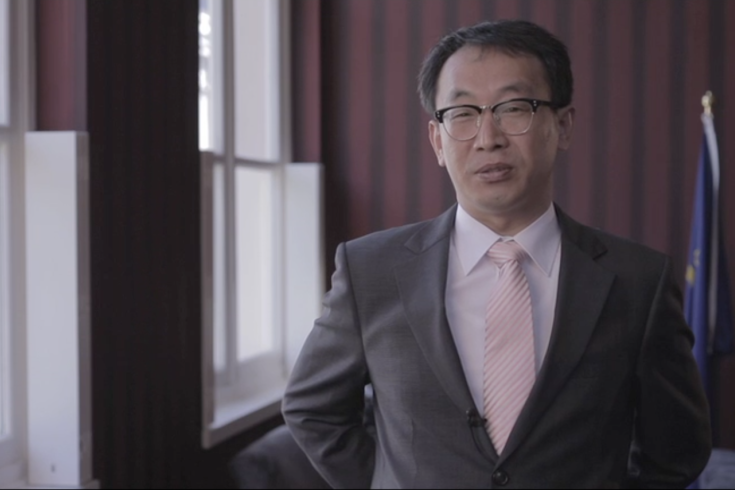
Jun Sig Lee, Korea Atomic Enery Research Institute (KAERI), Republic of Korea
Emma Hoffman, Australian Nuclear Science and Technology Organisation (ANSTO), Australia, was awarded the Wozzie Award - sponsored by PNNL - for outstanding efforts to mitigate radioxenon emissions.
The meeting was co-organized by SCK-CEN Belgian Nuclear Research Centre and PNNL in association with the CTBTO. See workshop summary for more information.
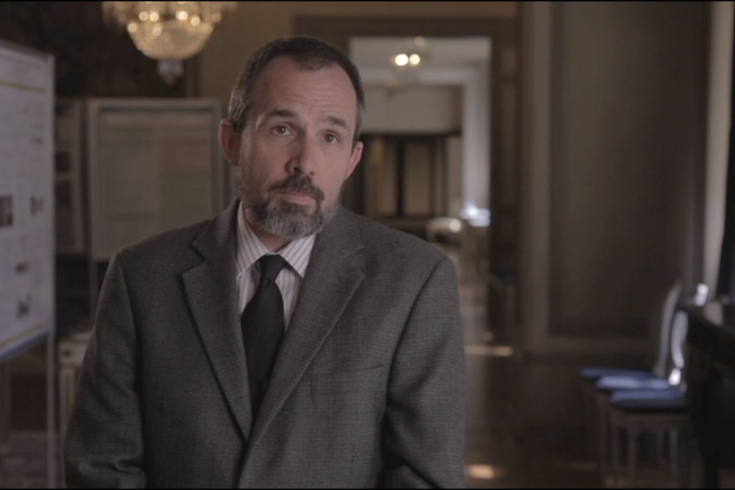
Ted Bowyer, Pacific Northwest National Laboratory, USA
See also web story by the U.S. National Nuclear Security Administration: NNSA Contributes to International Efforts to Further Strengthen Detection of Nuclear Explosions Related article by Daily Science Belgium (in French): En Belgique, la lutte contre le xénon s’organise
15 May 2015
